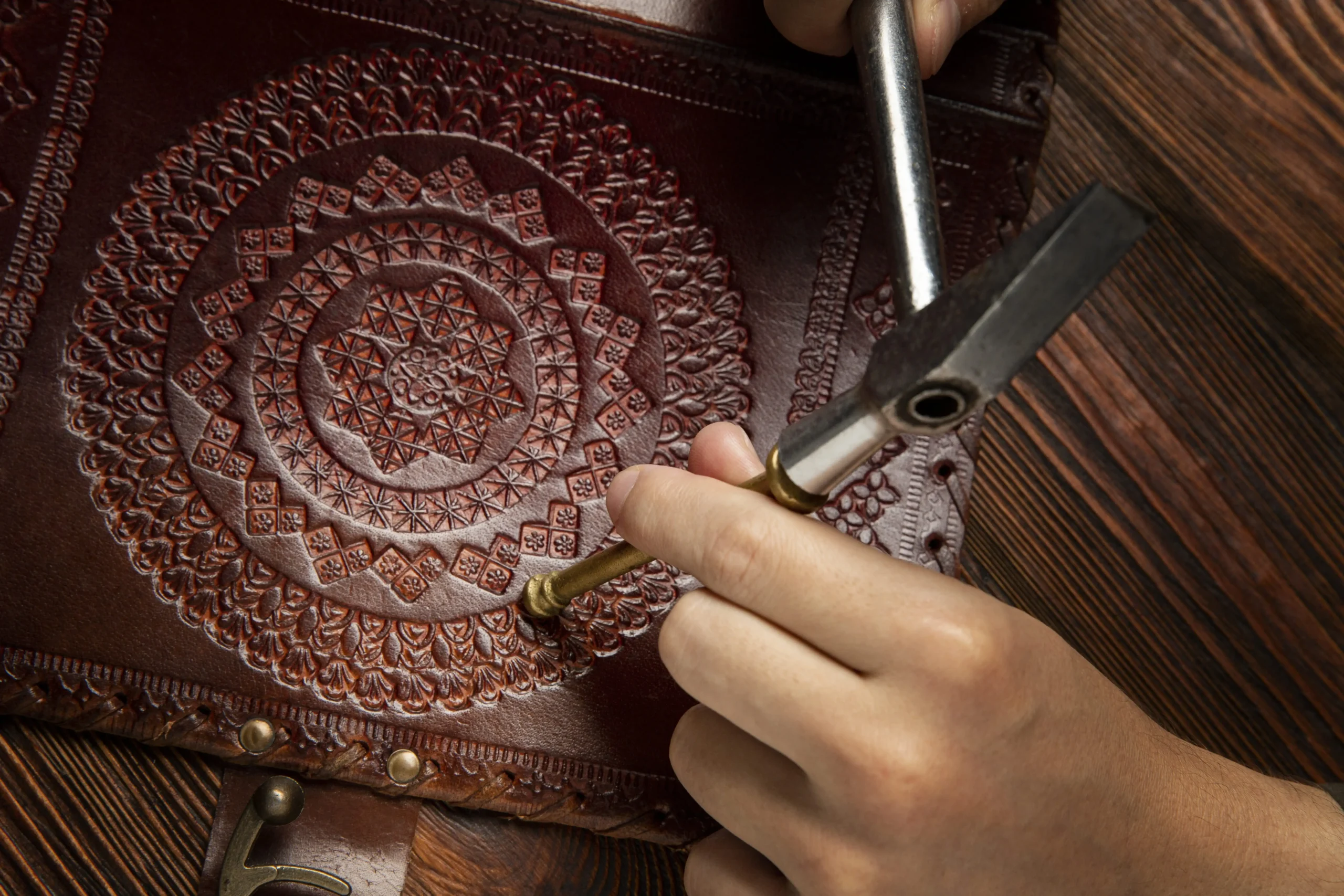

Opportunities and Challenges in the Handicrafts Industry
In the vast tapestry of the global economy, the handicrafts industry stands out as a testament to human creativity and tradition. Rooted in centuries-old techniques and infused with cultural heritage, the world of handicrafts is as diverse as it is enchanting. Yet, like any industry, it faces its share of challenges in the Handcrafts industry. At Woodloom, our commitment to showcasing and supporting artisans from around the world has given us unique insights into the hurdles they face. Join us as we explore the challenges in the handicrafts industry and how we can overcome them together.
Lack of Resources
One of the most significant hurdles artisans face is the lack of resources. From access to quality raw materials to adequate workspace and tools, many artisans struggle to procure the essentials needed to bring their creations to life. At Woodloom, we understand the importance of providing support to artisans by connecting them with reliable suppliers and investing in infrastructure that enables them to thrive.
Keeping Up with the Market
In an ever-evolving marketplace, staying relevant is key. Artisans must constantly innovate and adapt their designs to meet changing consumer preferences and trends. However, keeping up with the market can be challenging, especially for artisans in remote areas with limited access to information. Through partnerships and collaborations, Woodloom works to bridge this gap by providing artisans with insights into market trends and helping them develop products that resonate with modern consumers.
Competition
With the rise of mass-produced goods, artisans face stiff competition from large corporations that can offer lower prices and greater visibility. This can make it difficult for artisans to compete in the marketplace and earn a sustainable income. At Woodloom, we believe in the power of storytelling and the value of handmade craftsmanship. By highlighting the unique stories behind each product and emphasizing the quality and authenticity of handmade goods, we strive to differentiate ourselves from mass-produced alternatives and create a niche market for artisans to thrive.
Navigating Market Trends
Trends come and go, but navigating them can be a daunting task for artisans. Whether it’s embracing sustainable practices or incorporating modern design elements into traditional crafts, staying ahead of the curve requires constant vigilance and adaptation. Woodloom works closely with artisans to identify emerging trends and provide them with the support and resources they need to capitalize on new opportunities.
Addressing Economic Pressures
In an increasingly competitive marketplace, economic pressures can take a toll on artisans, leading to lower wages and precarious working conditions. At Woodloom, we are committed to fair trade practices and ensuring that artisans receive a fair wage for their work. By paying fair prices and providing stable income opportunities, we empower artisans to support themselves and their families while preserving their cultural heritage.
Marketing Challenges
Marketing handmade products presents its own set of challenges, from reaching the right audience to effectively communicating the value of handmade craftsmanship. Woodloom leverages digital marketing channels and storytelling to connect artisans with consumers who appreciate the time, skill, and love that goes into each handmade piece. Through our online platform and social media channels, we showcase the stories behind the products and foster a sense of connection between artisans and customers.
Ensuring Environmental Responsibility
In an age of increasing environmental awareness, sustainability has become a top priority for consumers and businesses alike. However, ensuring environmental responsibility in the handicrafts industry can be complex, given the reliance on natural resources and traditional production techniques. Woodloom is committed to promoting sustainable practices throughout our supply chain, from sourcing eco-friendly materials to reducing waste and carbon emissions. By partnering with artisans who share our commitment to the environment, we strive to create a more sustainable future for generations to come.
Conclusion
In conclusion, while there are challenges in the handicrafts industry, including resource scarcity, market competition, and environmental concerns, there are also ample opportunities for growth and innovation. By addressing these issues head-on and embracing technological advancements, we can create a more inclusive and sustainable future for artisans around the world. At Woodloom, our commitment lies in supporting and empowering artisans, safeguarding cultural heritage, and exalting the allure of handmade craftsmanship. Learn about the Future of Handloom Industry and join us on our quest to intertwine a brighter future for the handicrafts industry.
